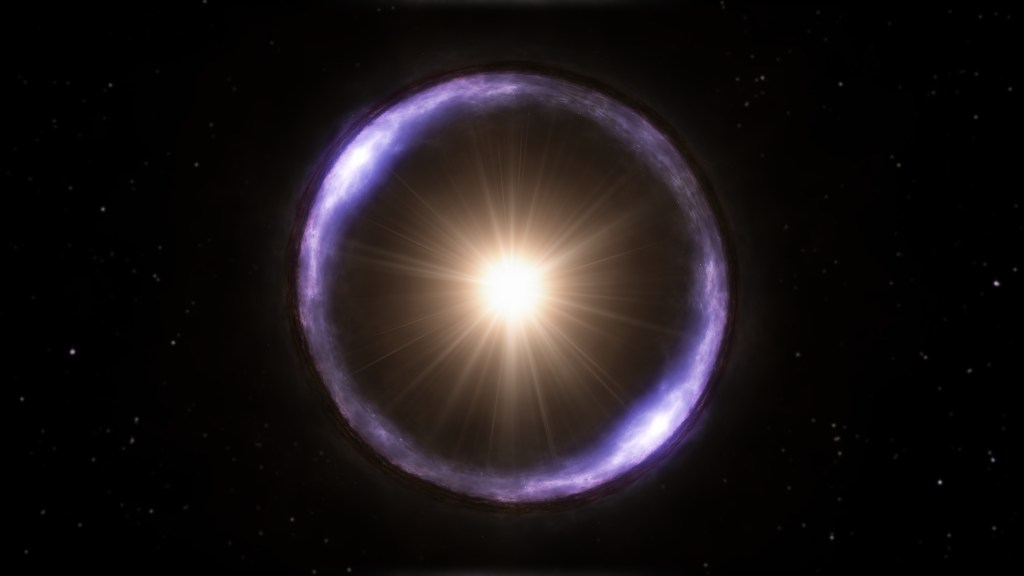Kombucha: What can’t it do?
Can it provide you with the smug reassurance that you’re rejuvenating your gut bacteria with probiotics? Yeah! Can you drink it at work and pretend that you’re drinking beer? Sure, if you like vinegary beer that tastes like fermented fruit. (It has even caused some alcoholics to fall off the wagon.)
Videos by VICE
Now, it turns out that the slimy, bizarre-looking symbiotic colonies of bacteria and yeast known as SCOBYs—which are used to ferment sweetened black tea into that fizzy pseudo-health-beverage that we’ve come to know, love, and pay too much money for—may soon be responsible for answering mankind’s timeless question of whether we’re alone in the universe.
In a series of studies conducted by the European Space Agency that could have might as well been the basis for a science fiction-themed Portlandia episode, raw SCOBY slabs are now being strapped to the side of the International Space Station to see how long the organisms can live in the harsh conditions of outer space without the protection of a spacesuit or spacecraft airlock—and in hopes of finding any extraterrestrial bacteria floating around out there.

A SCOBY, which kind of resembles an alien in and of itself. Photo via Flickr user jasonunbound
The idea for this experiment stemmed from studies done on Earth that closely analyzed a SCOBY’s slimy film structure, which is made up of billions of microscopic organisms. Scientists basically discovered that the structure was so tough and resilient that it could likely survive the extreme conditions of outer space (unlike human beings, who would pass out within 15 seconds from lack of oxygen and then eventually freeze to death, contrary to popular Hollywood portrayals of bodies violently exploding from lack of pressure).
Scientist hope that by exposing the raw SCOBYs and cruising the universe at a modest speed of 17,500 miles per hour, the bacterial slabs will absorb lunar minerals that experts can later examine for potential extraterrestrial life.
However, studies done with simulated lunar dust can only go so far, so only time will tell if baby alien eggs will hitch a ride back to Earth with the SCOBYs. The samples will return to Earth for analysis next year, but in the meantime, we will just have to watch Independence Day for the 400th time and hope that if we encounter anything up there, it’s friendly.



